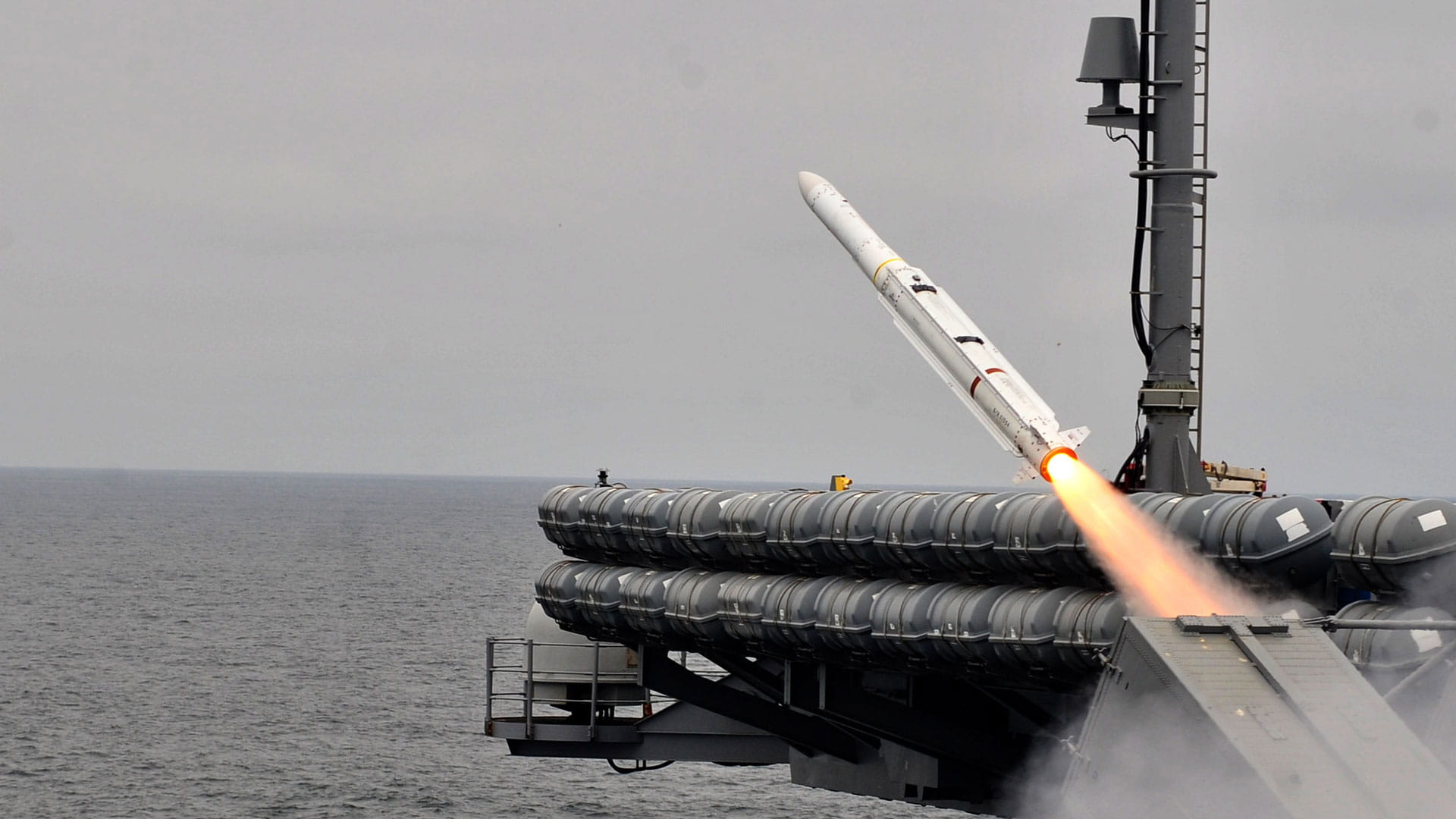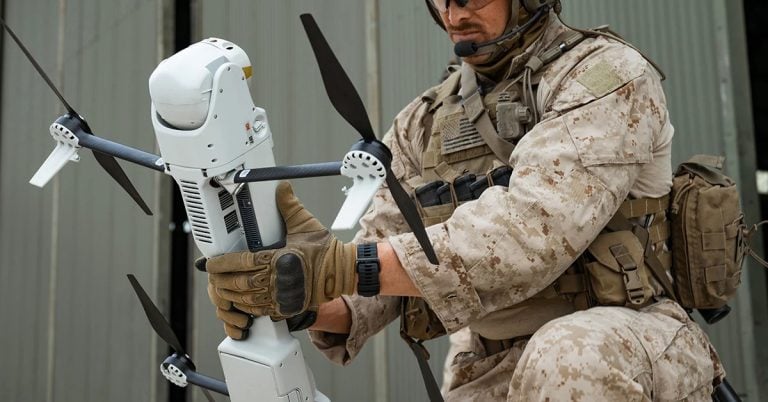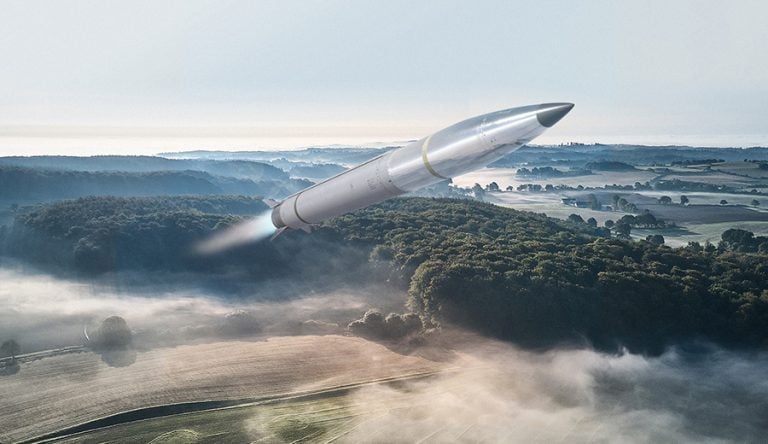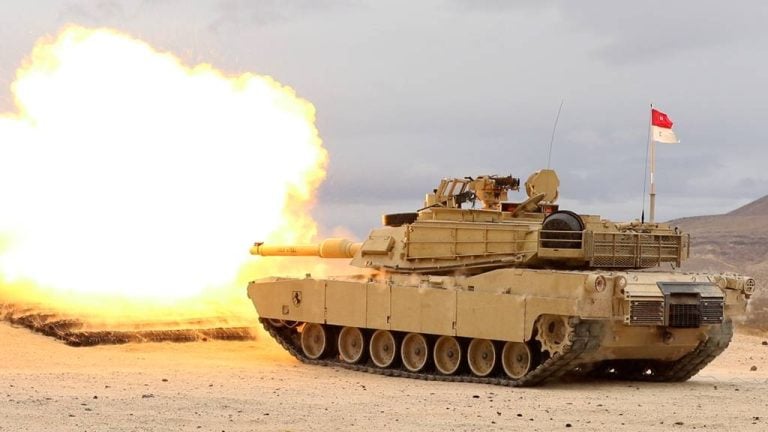Raytheon has announced a significant milestone with the delivery of the 500th Evolved SeaSparrow Missile (ESSM) Block 2 to the US Navy. The ESSM Block 2 is recognized as a pivotal medium-range interceptor, designed to provide robust protection for ships against various air and surface threats.
This advanced missile variant boasts enhancements over its predecessor, Block 1, including a dual-mode radar seeker, improved maneuverability, and more flexible guidance capabilities to tackle increasingly challenging targets. Importantly, the ESSM Block 2 maintains the same size as the original, allowing for efficient deployment with four missiles fitting into a single launcher cell without necessitating extensive modifications to existing infrastructure.
Barbara Borgonovi, President of Raytheon Naval Power, emphasized the critical role that the ESSM plays in ensuring both self-defense for individual ships and broader local area defense for the US Navy as well as allied naval forces. She underscored that the successful delivery of this missile system reaffirms the strong partnerships and shared commitments among NATO allies to provide service members with state-of-the-art defense solutions.
In a bid to enhance production capabilities, Raytheon is planning to invest in infrastructure and raw materials, with the goal of doubling its missile production by June 2026. This investment aims to meet growing demands and further bolster naval defense capabilities.
The ESSM program is part of the NATO SEASPARROW Consortium, which stands as the alliance’s longest-running cooperative weapons initiative. Established following the sinking of an Israeli destroyer by a Russian missile in 1967, this consortium includes 12 member nations—among them the United States, Australia, Canada, Turkey, and several European NATO states. The consortium collaborates on cost-sharing, development, and sustainment responsibilities associated with the missile system.
The original ESSM was first delivered in 2002, and the Block 2 variant has been operational since 2020. It is deployable from both Mk 41 vertical launch systems and Mk 29 trainable launchers, making it compatible with a wide array of surface combatants. Beyond US naval platforms, the missile has been successfully integrated into several European and allied vessels, including the Royal Netherlands Navy’s De Zeven Provinciën-class.
This milestone in missile production not only highlights advancements in naval defense technology but also reflects the collaborative efforts among NATO allies to enhance security and readiness against evolving threats.
















